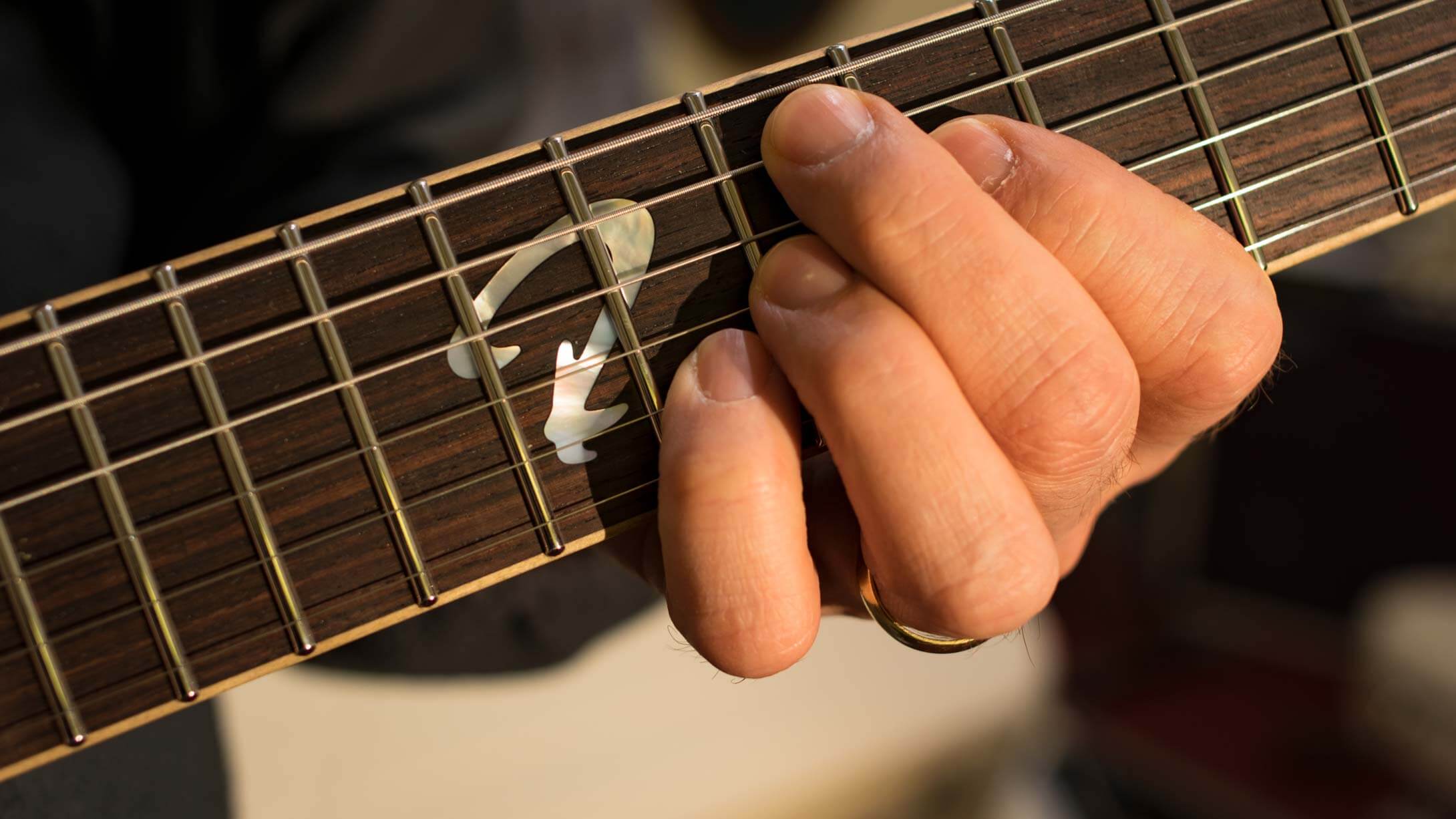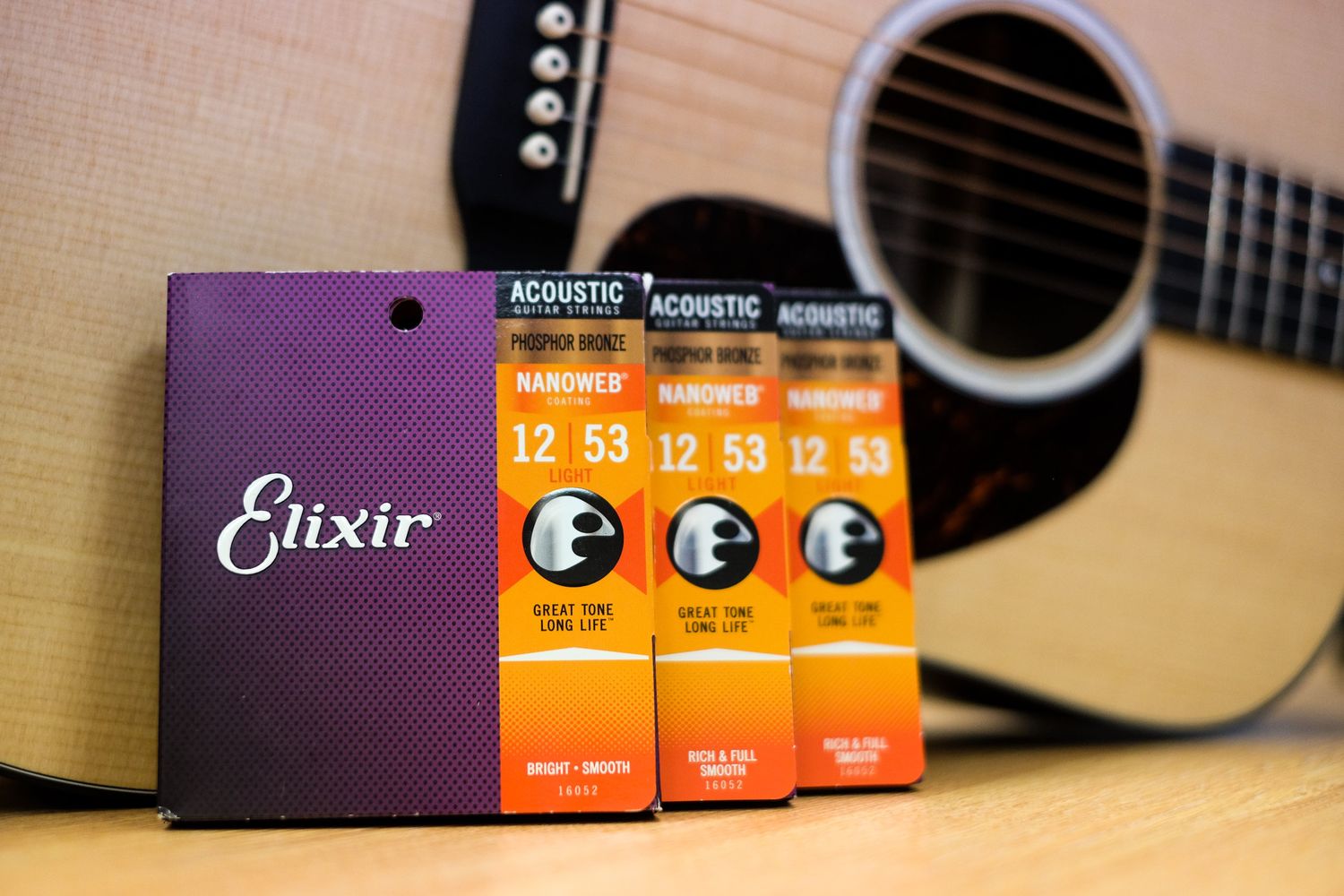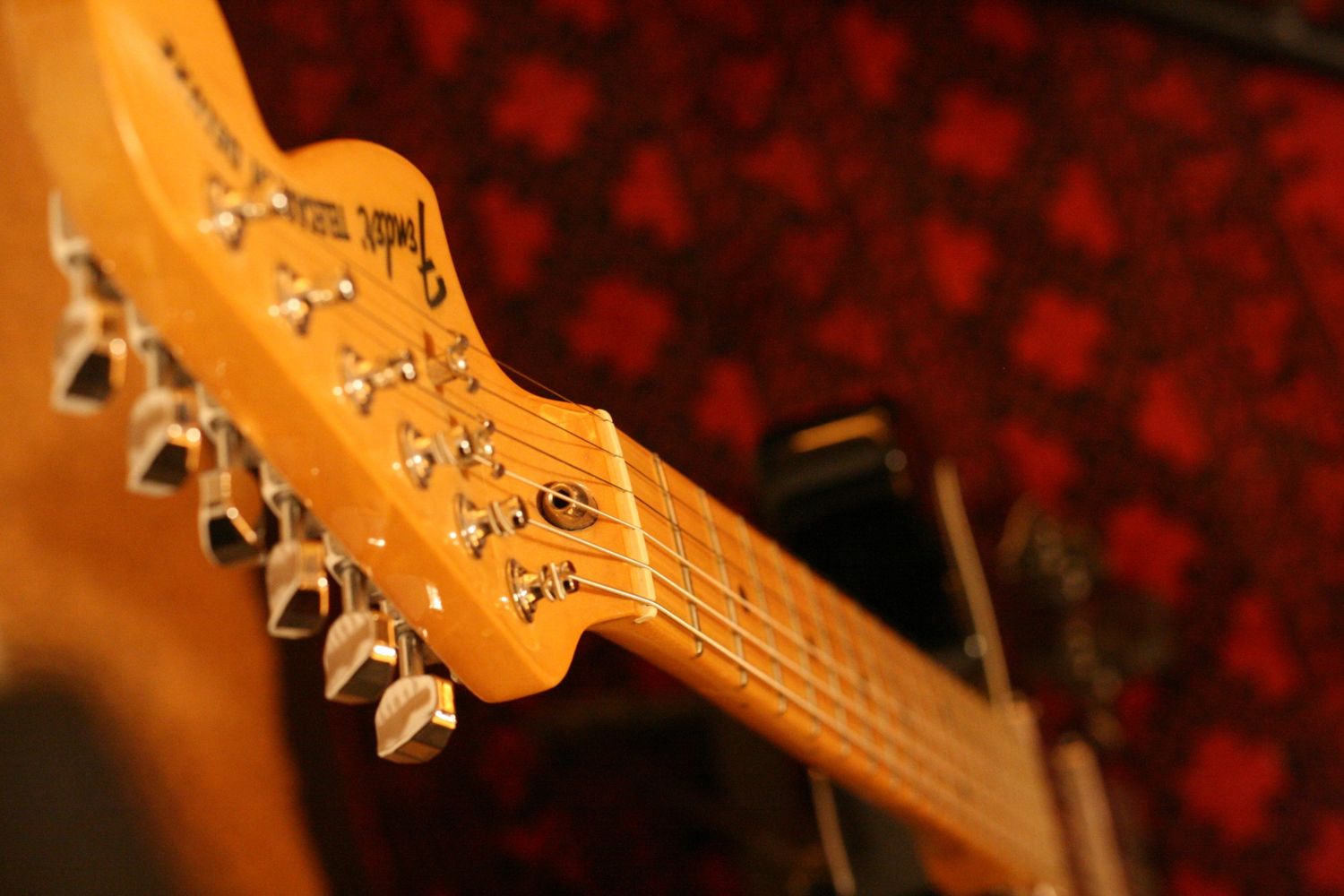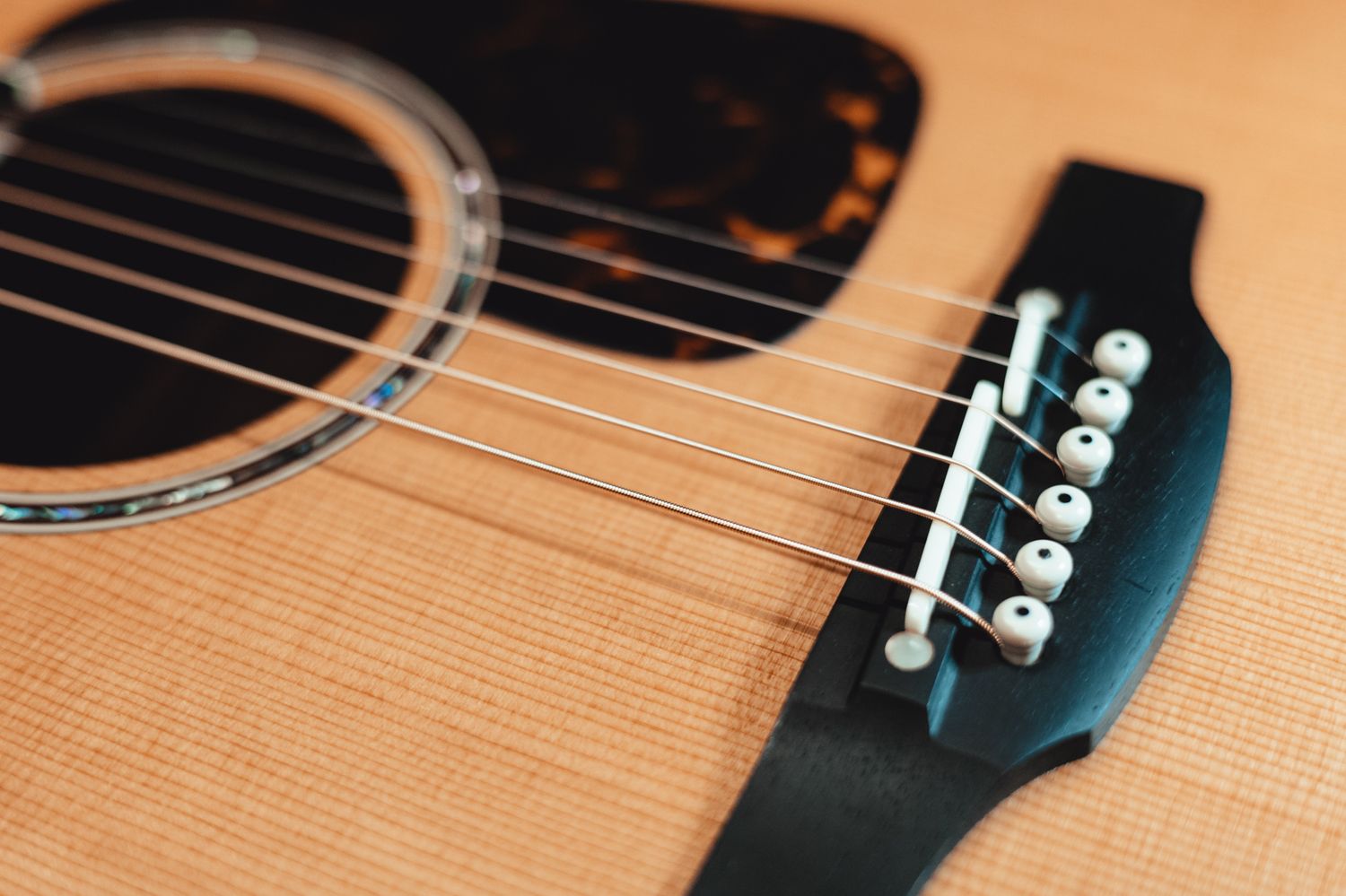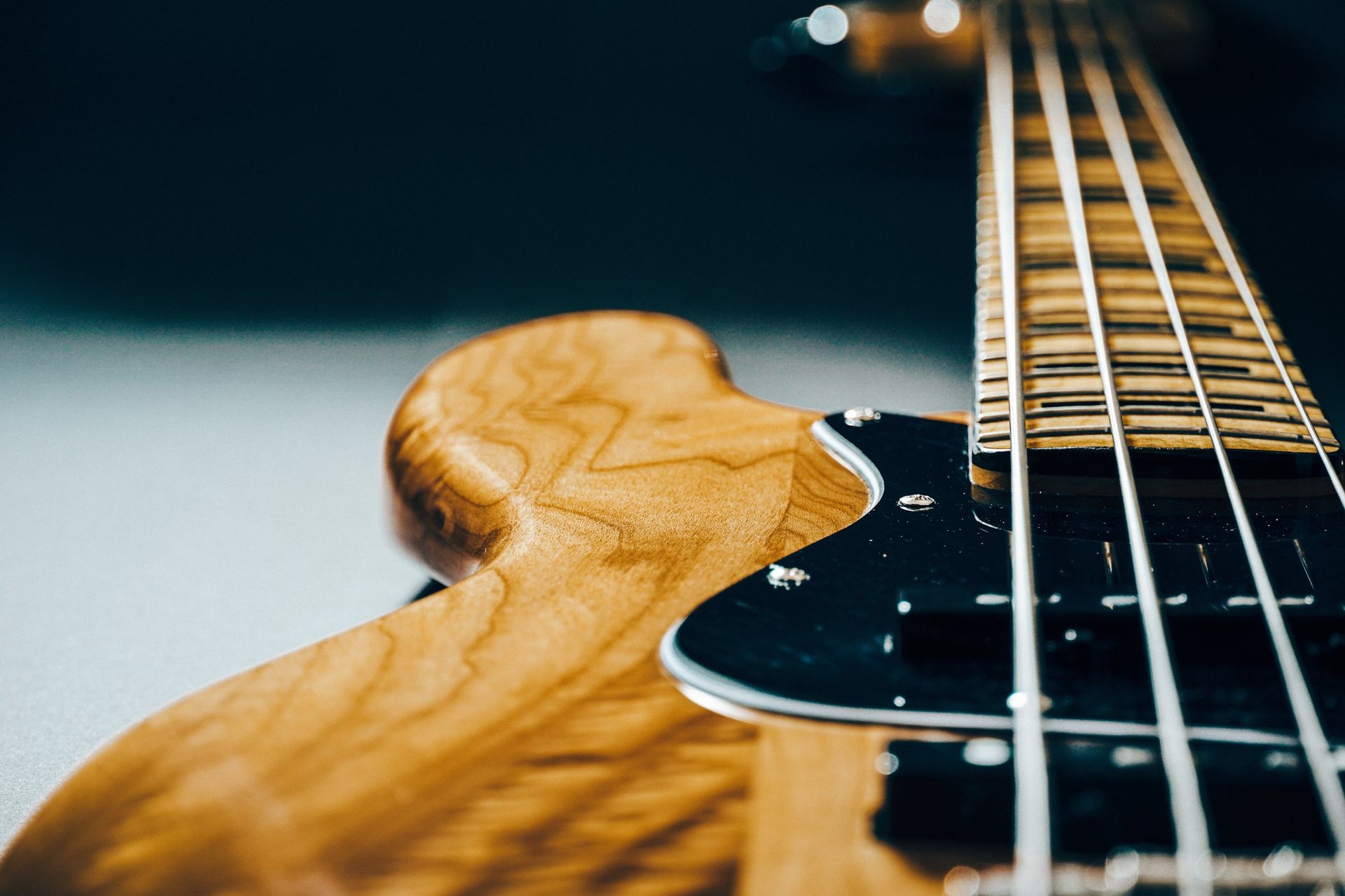Home>Instruments>Bass>What Are The Strings On A Bass
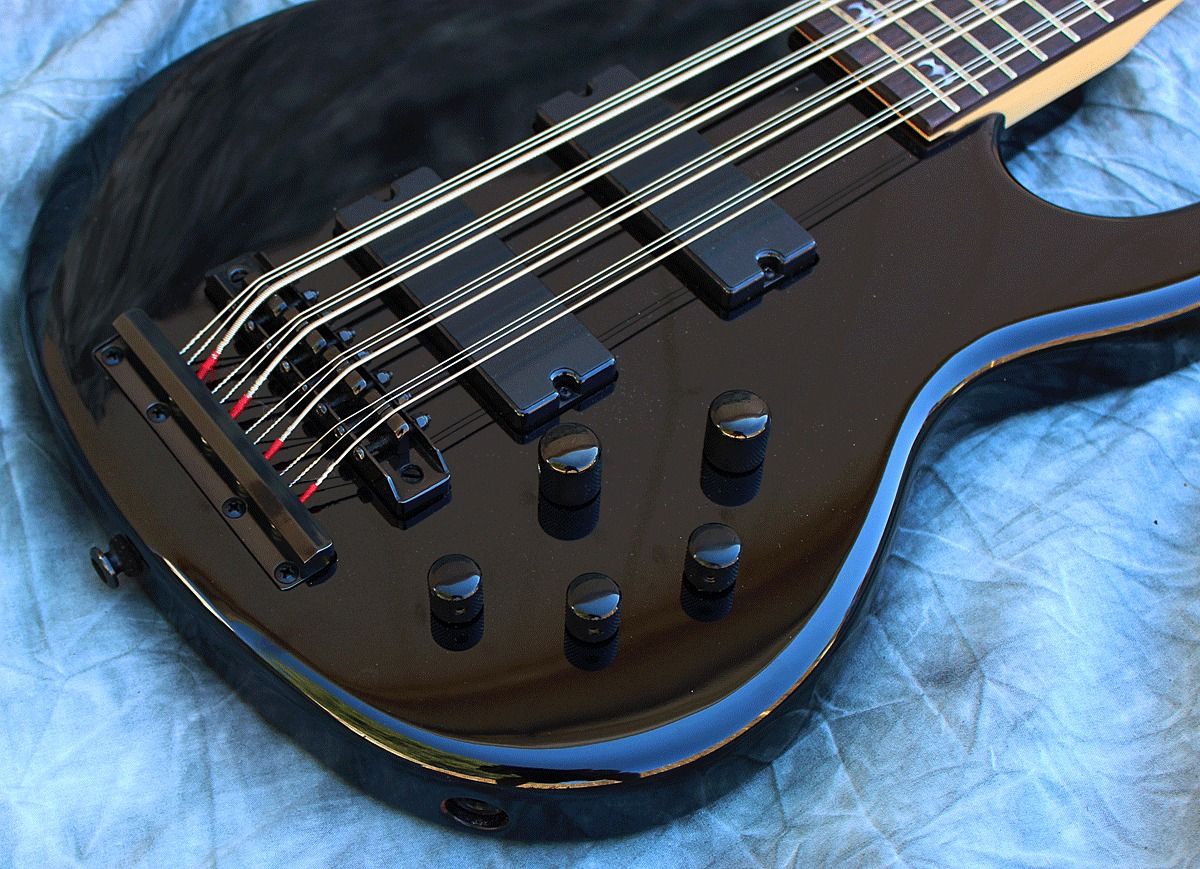

Bass
What Are The Strings On A Bass
Modified: January 22, 2024
Discover the purpose and importance of bass strings. Learn how they impact the sound and playability of your bass guitar. Unlock the secrets to achieving the perfect bass tone.
(Many of the links in this article redirect to a specific reviewed product. Your purchase of these products through affiliate links helps to generate commission for AudioLover.com, at no extra cost. Learn more)
Table of Contents
Introduction
Welcome to the world of bass guitars, where the low end reigns supreme. A crucial element that contributes to the distinctive sound of a bass guitar is the strings. The strings on a bass play a vital role in producing rich and resonant tones that form the foundation of any band’s rhythm section. Understanding the different types of bass strings, materials used, tensions, and gauges is essential for any bass player seeking to optimize their instrument’s sound and playability.
In this article, we will delve into the fascinating world of bass strings, exploring their characteristics, and offering insights to help you choose the right strings for your bass guitar. From the different materials used in construction to the various tensions and gauges available, we will cover all the essential aspects of bass strings. You’ll also find recommendations for reputable string brands and best practices for changing and maintaining your bass strings.
Whether you’re a seasoned bassist looking to experiment with different string options or a beginner venturing into the world of bass guitars, this article aims to provide you with the knowledge and guidance you need to make informed decisions when it comes to bass strings.
Understanding Bass Strings
Before we delve into the different types of bass strings, let’s first understand what bass strings are and their significance in shaping the sound of the instrument. Bass strings are long, slender wires that run across the neck of the bass guitar, vibrating when plucked or strummed. These vibrations create the sound we hear when playing the instrument.
Bass strings are typically made of metal, and they come in different thicknesses, known as gauges. The gauge of a string refers to its diameter, with thicker strings producing a deeper and more powerful sound, while thinner strings offer more flexibility and easier playability.
The tension of the strings also plays a crucial role in the overall feel and sound of the bass guitar. Higher tension strings provide a firm and responsive feel, ideal for players who prefer a lot of attack and precision. On the other hand, lower tension strings are more relaxed and easier on the fingers, making them a good choice for players who favor a smoother and more mellow sound.
Understanding the characteristics of bass strings enables players to choose the right strings to achieve their desired sound and playing style. Different genres of music may call for specific string characteristics to achieve the ideal tone. By exploring the various types of bass strings and their unique qualities, you can find the perfect match for your playing preferences.
Types of Bass Strings
When it comes to bass strings, there are several types available, each offering its own distinct characteristics. Let’s take a closer look at some of the most common types:
- Roundwound Strings: Roundwound strings are the most popular type of bass strings. They have a textured surface that provides a bright and articulate tone, with a pronounced attack. The ridges on the strings can also give them a slightly rougher feel.
- Flatwound Strings: Flatwound strings have a smooth surface that delivers a warm and mellow tone. They produce less finger noise and have a smoother feel, making them a popular choice for jazz, blues, and vintage-style bass playing.
- Halfwound Strings: Halfwound strings offer a balance between roundwound and flatwound strings. They feature a semi-smooth surface that combines the brightness of roundwounds with the reduced finger noise of flatwounds. This makes them versatile and suitable for various music genres.
- Tapewound Strings: Tapewound strings have a nylon tape wrapped around the core wire, resulting in a warm and smooth tone. They have a soft feel and produce minimal finger noise, making them well-suited for styles like reggae and Motown.
- Nylon Strings: Nylon strings are less common on bass guitars but are occasionally used for their unique tone. They produce a deep and warm sound, similar to an upright bass, making them suitable for certain genres or specific musical preferences.
Each type of bass string has its own sonic characteristics and playability, so it’s worth experimenting with different types to find the one that best complements your playing style and desired sound. Some players even mix and match different types of strings on their bass, pairing different characteristics to create a unique and personalized tone.
Materials Used in Bass Strings
The materials used in bass strings play a significant role in determining their tone, durability, and feel. Here are some of the most common materials used in bass strings:
- Nickel-Plated Steel: Nickel-plated steel strings are widely used and offer a balanced tone with a bright and clear sound. They provide excellent longevity and are suitable for various musical styles.
- Stainless Steel: Stainless steel strings have a bright and punchy tone with enhanced durability. They are particularly popular among players who prefer a more aggressive and modern sound.
- Pure Nickel: Pure nickel strings have a warmer and vintage-inspired tone. They offer a smooth feel and are favored by players who seek a more classic, mellow sound.
- Coated Strings: Coated strings have a polymer coating that helps to protect them from corrosion and extend their lifespan. They offer a similar tone and feel to their non-coated counterparts but with added durability.
- Carbon Steel: Carbon steel strings are known for their bright and articulate tone, making them well-suited for genres that require a strong presence in the mix, such as heavy metal or rock.
Each material brings its own unique characteristics to the sound and feel of the bass strings. Some materials may emphasize brightness, while others offer warmth and vintage vibes. The choice of material depends on personal preference, playing style, and the desired tone for the bass guitar.
It’s worth noting that certain materials may have a greater impact on the longevity of the strings due to factors like corrosion resistance. Regular string maintenance and cleaning can help prolong the lifespan of the strings, regardless of the material used.
Gauges and Tensions of Bass Strings
When it comes to bass strings, gauges refer to the thickness or diameter of the strings. The gauge of a string has a significant impact on both the playability and tone of the bass guitar. Here are some common gauges you’ll come across:
- Light Gauge: Light gauge strings have thinner diameters, which offer easier playability and flexibility. They require less finger pressure to produce sound and are ideal for bassists who prefer a more effortless playing experience or genres that involve fast and intricate playing styles.
- Medium Gauge: Medium gauge strings strike a balance between playability and tone. They offer a versatile sound and are suitable for various playing styles and genres.
- Heavy Gauge: Heavy gauge strings have thicker diameters, providing a robust and powerful tone. They require more finger strength and produce a deeper sound, making them well-suited to genres that demand a strong low end and aggressive playing styles.
In addition to gauges, bass strings also have different tension levels. The tension of a string refers to the amount of force required to bring the string up to pitch. Higher tension strings offer a tighter and more responsive feel, while lower tension strings provide a looser and more relaxed feel.
It’s important to note that the gauge and tension of the strings can affect the overall playability of the instrument. Thicker strings will generally require more finger strength, while lighter strings may offer faster fretting and plucking abilities. Experimenting with different gauges and tensions allows you to find the optimal setup that suits your playing style and preferences.
Keep in mind that changing the gauge or tension of your strings might require adjustments to the bass guitar’s setup, such as truss rod adjustment or bridge saddle height. It’s advisable to consult with a professional guitar technician if you’re unsure about making these adjustments yourself.
Choosing the Right Strings for Your Bass
Choosing the right strings for your bass guitar is a highly personal decision, as it involves considering factors such as playing style, genre of music, desired tone, and budget. Here are some key considerations to help you make an informed choice:
- Playing Style: Consider your playing style and technique. If you play with a lot of aggression and power, you might prefer thicker and higher tension strings for a strong and punchy tone. If you play with a lighter touch or require fast and nimble fretwork, lighter gauge strings with lower tension may be more suitable.
- Musical Genre: Different genres of music often have specific tonal requirements. For example, if you play jazz or blues, you might gravitate towards flatwound or halfwound strings for their warm and smooth tones. On the other hand, if you play heavy metal or rock, stainless steel strings with a higher gauge may provide the aggressive and cutting sound needed for those genres.
- Tonal Preference: Think about the specific tone you want to achieve. If you desire a bright and articulate sound, nickel-plated steel strings may be a good choice. If you prefer a vintage-inspired or warmer tone, pure nickel strings could be more suitable. Experimenting with different string materials can help you find the tone that matches your musical vision.
- Budget: Consider your budget when selecting bass strings. Different brands and materials can vary in price, but it’s important to strike a balance between quality and affordability. While premium strings may offer superior durability and tone, there are also excellent mid-range options available that provide great performance without breaking the bank.
Ultimately, the best way to choose the right strings for your bass guitar is to try out different options. Experimenting with various string types, gauges, and brands will give you a better understanding of the tone, feel, and longevity that each offers.
Additionally, seeking recommendations from fellow bass players, reading product reviews, and consulting with music store professionals can provide valuable insights and guidance in your quest for the perfect strings. Remember, what works for one player may not necessarily work for another, so trust your ears and personal preferences as you explore the vast world of bass strings.
String Brands and Recommendations
When it comes to bass strings, numerous brands offer a wide range of options to suit different playing styles and preferences. Here are some well-regarded brands and their recommended string offerings:
- Ernie Ball: Ernie Ball is a reputable brand known for its high-quality strings. Their Slinky series, such as the Super Slinky (45-100 gauge) and Regular Slinky (50-105 gauge), are popular choices among bass players for their versatile tones and durability.
- D’Addario: D’Addario offers a variety of bass string options to cater to different musical styles. Their EXL Nickel Wound series, including the EXL170 (45-100 gauge) and EXL165 (45-105 gauge), are highly regarded for their balanced tones and long-lasting performance.
- GHS: GHS Bass Boomers, such as the GBLXL (45-105 gauge) and M3045 (35-125 gauge), are renowned for their punchy and powerful sound. These strings provide excellent sustain and are favored by bassists across various genres.
- La Bella: La Bella is well-known for its flatwound bass strings. Their 760FL Deep Talkin’ Bass (50-110 gauge) and 760FS Deep Talkin’ Stainless Steel Flatwound (43-104 gauge) are popular choices among jazz and vintage tone enthusiasts for their smooth feel and warm, mellow sound.
- DR Strings: DR Strings offers a wide range of bass string options. Their Hi-Beam (45-105 gauge) and Fat-Beams (45-105 gauge) series are praised for their bright tones and excellent durability, making them suitable for various genres and playing styles.
While these brands are well-regarded, it’s important to remember that selecting the right bass strings ultimately depends on personal preference. Some players may prefer other brands or even a combination of different brands for their own unique sound. Additionally, it’s worth trying out different string types and gauges within each brand’s lineup to find the perfect match for your bass guitar and playing style.
Lastly, keep in mind that strings wear out over time and should be replaced periodically to maintain optimal tone and playability. Experimenting with different brands and models can be an exciting journey of discovery, helping you find the strings that enhance your bass playing experience and bring out the best in your instrument.
Changing and Maintaining Bass Strings
Regularly changing and maintaining your bass strings is essential for optimal tone and playability. Here are some steps to keep in mind when changing your bass strings:
- Remove the old strings: Begin by loosening and unwinding the old strings from the tuning pegs. Use wire cutters to clip off the strings near the bridge and discard them properly.
- Clean the fretboard: Take the opportunity to clean the fretboard before installing new strings. Use a soft cloth and some guitar-specific fretboard cleaner to remove any grime or build-up.
- Thread the new strings: Starting with the thickest string (usually the E string), thread it through the corresponding bridge saddle and guide it gently over the nut and along the neck towards the tuning peg. Repeat this process for the remaining strings, ensuring they seat securely in their respective bridge saddles.
- Wind the strings: Begin winding each string onto its respective tuning peg, making sure to maintain proper tension and neatness. Tune the strings as you go, stretching them slightly to reduce any initial slack.
- Tune and stretch: Once all the strings are wound and in place, tune the instrument to your desired pitch. Afterward, gently stretch and tug on each string to help them settle and stabilize. Retune as necessary.
Proper maintenance of your bass strings can extend their lifespan and maintain their tone. Here are a few tips to help you maintain your strings:
- Wipe down your strings: After playing, wipe down your strings with a clean cloth to remove any oils, sweat, or debris that may have accumulated during your playing session.
- Use string cleaning products: Regularly use string cleaning products specifically designed to remove dirt and grime from your strings. Apply the cleaner to a cloth and run it along the length of each string.
- Avoid excessive moisture: Bass strings can corrode more quickly when exposed to excessive moisture. Wipe down your bass and strings after playing in humid conditions or consider using a dehumidifier in areas prone to high humidity.
- Keep your bass stored properly: When not in use, store your bass in a case or a guitar stand to protect it from dust and environmental elements that can affect the string quality.
By following these steps and practicing regular string maintenance, you can prolong the life of your bass strings and ensure a consistent tone and playability. Remember, even with proper care, bass strings will wear out over time and will need to be replaced periodically to maintain optimal performance.
Common Issues with Bass Strings
While bass strings are durable, they can encounter a few common issues that may affect their performance and lifespan. Understanding these issues can help you address them promptly. Here are some common problems associated with bass strings:
- String Corrosion: Over time, bass strings can corrode due to exposure to moisture, oils from your fingers, and environmental factors. Corrosion can lead to a dull or deadened sound and reduced string longevity. Regular cleaning and wiping down the strings can help prevent excessive corrosion.
- String Breakage: Bass strings may break due to various reasons such as excessive tension, sharp edges on the nut or bridge saddles, or wear and tear from frequent playing. To minimize breakage, ensure that your bass is properly set up and that any sharp edges are filed down. Consider replacing strings that show signs of wear or are reaching their lifespan.
- Poor Tuning Stability: If your bass strings struggle to hold their tune, it could be due to factors such as improper winding on the tuning pegs, slipping or loose knots at the bridge, or worn-out strings. Check for proper winding techniques and make sure the strings are securely seated at both ends. If tuning stability issues persist, it may be time to replace your strings.
- Fret Buzz: Fret buzz occurs when a string makes contact with a fret, resulting in an unwanted buzzing sound. Fret buzz can be caused by various factors including improper string height, uneven frets, or a warped neck. Adjusting your bass’s setup or seeking professional assistance can help address this issue.
- Inconsistent Tone: If you notice inconsistencies in the tone of your bass strings, it could be due to uneven string wear, worn-out strings, or a combination of different string types or brands. To achieve a more consistent tone, consider replacing all the strings at once and selecting a set that suits your desired sound.
It’s important to regularly inspect your bass strings for signs of wear, corrosion, or other issues. By addressing these problems promptly, you can ensure optimal performance and prolong the lifespan of your bass strings. Additionally, routine maintenance, such as cleaning and proper storage, can help mitigate these common issues and keep your bass sounding and playing at its best.
Conclusion
Bass strings play a pivotal role in shaping the sound and playability of the bass guitar. Understanding the different types of strings, materials, gauges, and tensions allows you to make informed choices that align with your musical preferences and playing style. Whether you’re seeking a bright and punchy tone for rock or a warm and mellow sound for jazz, there are strings tailored to meet your needs.
Experimentation is key when it comes to finding the perfect strings for your bass guitar. Trying out various brands, string types, and gauges can lead you to discover the ones that accentuate your playing style and help you achieve your desired tone.
Additionally, maintaining and regularly replacing your bass strings is crucial for optimal performance. Proper cleaning, storage, and routine maintenance will extend the lifespan of your strings and ensure consistent sound quality and playability. Keep an eye out for common issues such as corrosion, string breakage, and tuning stability to address them promptly and preserve the integrity of your strings.
Remember, the world of bass strings is vast, with a wide array of options available. Seek recommendations, consult with music store professionals, and trust your own ears and preferences as you embark on the journey of finding the perfect strings for your bass. By taking the time to select and maintain your strings, you’ll unlock a whole new level of musical expression and enjoyment from your bass playing.




